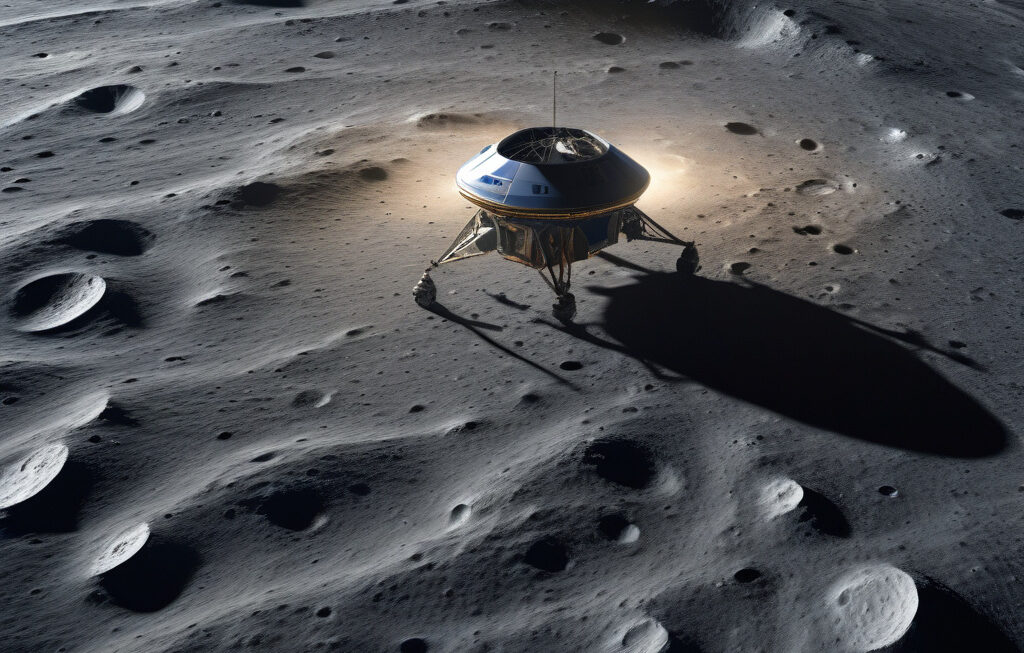250,000 Joint Moves Per Robot: World’s First Human vs. Humanoid Race Set for Saturday
China has set new rules for the world’s first half-marathon that will see humans and humanoid robots go head to head in a groundbreaking competition. With technology advancing at an unprecedented pace, this event marks a significant milestone in the integration of robotics and human capabilities.
The race, scheduled for this Saturday, will feature participants from various backgrounds – from professional runners to engineers and tech enthusiasts. The human competitors will showcase the peak of physical fitness and endurance, while the humanoid robots will demonstrate the latest advancements in artificial intelligence and robotics.
One of the most intriguing aspects of this race is the level playing field that has been established. To ensure fairness, each humanoid robot has been programmed to mimic the movements and capabilities of the average human body, with a staggering 250,000 joint moves per robot. This meticulous design aims to test not only the speed and agility of the participants but also the precision and adaptability of the humanoid technology.
As we witness this unprecedented event unfold, it raises thought-provoking questions about the future of human-machine interaction. The integration of robotics into our everyday lives has already begun, with applications ranging from healthcare to manufacturing. However, the prospect of humanoid robots competing against humans in a race highlights the potential for even greater collaboration and competition between man and machine.
Beyond the competition itself, the implications of this race extend to various industries and fields. For instance, the data collected from the performance of both humans and robots could pave the way for advancements in sports science and robotics engineering. By analyzing the strategies and techniques employed by the participants, researchers may uncover new insights that could enhance training programs for athletes and optimize the capabilities of humanoid robots.
Moreover, the race serves as a testament to the spirit of innovation and progress that drives societies forward. In a world where technology is constantly evolving, events like this remind us of the boundless possibilities that await us. By pushing the boundaries of what is deemed possible, we open doors to new opportunities and discoveries that have the potential to shape the future of our world.
As we eagerly anticipate the outcome of this historic race, one thing is certain – the collaboration between humans and robots is no longer a distant dream but a reality that is unfolding before our eyes. The fusion of human ingenuity and technological prowess has the power to revolutionize industries, redefine competitions, and ultimately, propel us towards a future where the line between man and machine becomes increasingly blurred.
In conclusion, the world’s first human vs. humanoid race is not just a competition; it is a testament to our relentless pursuit of innovation and our unwavering curiosity to explore the unknown. As we witness the incredible feats achieved by both humans and robots on the racetrack, we are reminded of the endless possibilities that lie ahead in this ever-evolving relationship between man and machine.
innovation, technology, robotics, human vs. humanoid, future of competition












